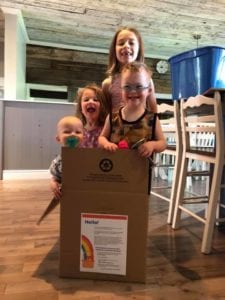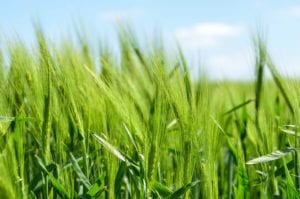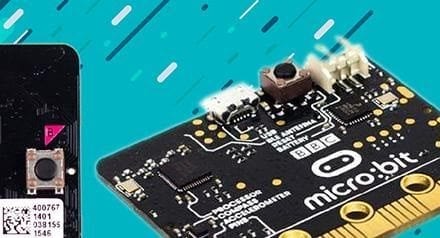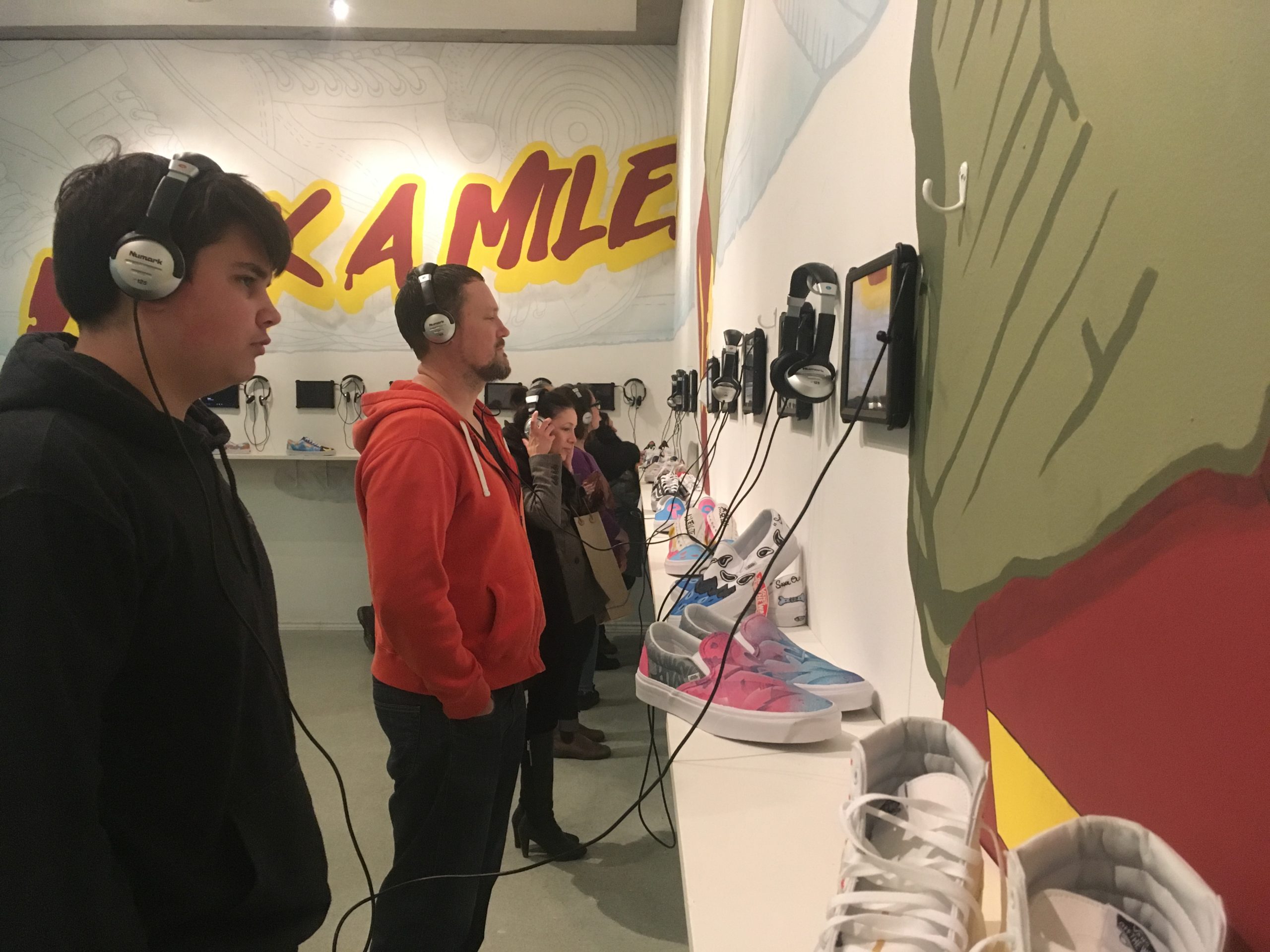For more than 15 years, schools participating in Quebec’s community schools (Community Learning Centres network) have been building social capital and developing strategic partnerships in communities across the province. The community school model places an emphasis on bringing together families, educators and community partners to strengthen academic and developmental outcomes of youth. This ultimately contributes to improved school climates, student engagement and equity in Quebec by facilitating access to services and resources in English both at school and at home.
One year ago as the pandemic ravaged our communities, school closures highlighted the role that schools play not just in the education of our youth, but also in their social, emotional and physical well-being. Community schools were designed for times like this! Within these types of schools, Community Development Agents (CDAs) along with other members of the school teams – principals, teachers, support staff – leverage existing relationships with community organizations to identify needs and challenges facing their schools and communities, then triage those needs as a unit. (Long, 2020) In the early days of the pandemic, the CLC school teams with their community partners were able to pivot in response to the immediate needs of their communities by devising innovative ways to deliver food, and other essential services to support student learning and well-being. (Harper, Jonas, and Winthrop, 2020)
The community school strategy calls on school teams to take on new and more challenging roles… embracing the link between learning and community. Teachers and community school staff ensure that students and communities have opportunities to access rich, challenging, and culturally relevant curriculum and pedagogy. As school and community stakeholders work together, they can develop learning opportunities and access to services that support student learning and development.
-Daniel, Hunter & Oakes (2019)
Community Development Agents (CDAs) in many CLCs connected with their community partners to address their community’s most pressing needs. Below are a few highlights of how CDAs, through their collective efforts, contributed to creating stronger, more resilient, vibrant schools and communities.
Maintaining Routines & Promoting Physical Activity
 In Lachute, the lack of routine and physical activity prompted Community Development Agent (CDA) Melanie Bujold from the Laurentian Regional CLC to organize a series of well attended online arts-focused workshops like dance, art and storytelling for families. These activities gave participants a creative outlet and the opportunity to socialize, during the uncertain times in the early days of the pandemic. Melanie was able to quickly mobilize her community partners for this series of online activities, as being a community school enabled her to leverage her network to focus on what the emerging needs in her school and community.
In Lachute, the lack of routine and physical activity prompted Community Development Agent (CDA) Melanie Bujold from the Laurentian Regional CLC to organize a series of well attended online arts-focused workshops like dance, art and storytelling for families. These activities gave participants a creative outlet and the opportunity to socialize, during the uncertain times in the early days of the pandemic. Melanie was able to quickly mobilize her community partners for this series of online activities, as being a community school enabled her to leverage her network to focus on what the emerging needs in her school and community.
Food Security
 At the same time, the need for food security quickly emerged as a priority in many communities. When schools closed, students lost access to healthy food and snacks available through school food programs, which many families rely on. Recognizing this reality, CDA Chantal Paquin and the team of dedicated school staff from Sainte-Agathe Academy, cooked and delivered prepared meals to vulnerable families from the school. Packages included essential grocery items as well. Local businesses and community partners also contributed to the packages, thus helping ensure that vulnerable families were taken care. Some families continued to receive this support throughout the summer.
At the same time, the need for food security quickly emerged as a priority in many communities. When schools closed, students lost access to healthy food and snacks available through school food programs, which many families rely on. Recognizing this reality, CDA Chantal Paquin and the team of dedicated school staff from Sainte-Agathe Academy, cooked and delivered prepared meals to vulnerable families from the school. Packages included essential grocery items as well. Local businesses and community partners also contributed to the packages, thus helping ensure that vulnerable families were taken care. Some families continued to receive this support throughout the summer.
Health and wellness
 In the Richmond region of the Eastern Townships, CDAs Siu-Min Jim and Geneviève Manseau collaborated with twelve local community partners, and other donors, to fill Rainbow Baskets: Community caring for Community. Available for families in need, the baskets were designed to bring a little cheer into people’s lives. Community members were invited to nominate neighbours or families in need anonymously. The baskets were filled with edible treats, along with play and self-care items, as well as a list of community resources available to families during confinement with the hope that the effort would “have a positive impact on psychological and emotional well-being for the whole family, as well as to introduce those who may be newly vulnerable to our community’s various organizations and services.”
In the Richmond region of the Eastern Townships, CDAs Siu-Min Jim and Geneviève Manseau collaborated with twelve local community partners, and other donors, to fill Rainbow Baskets: Community caring for Community. Available for families in need, the baskets were designed to bring a little cheer into people’s lives. Community members were invited to nominate neighbours or families in need anonymously. The baskets were filled with edible treats, along with play and self-care items, as well as a list of community resources available to families during confinement with the hope that the effort would “have a positive impact on psychological and emotional well-being for the whole family, as well as to introduce those who may be newly vulnerable to our community’s various organizations and services.”
Youth Employment
 As spring confinement waned and summer was on the horizon, secondary and post-secondary students started thinking about summer jobs…but wait, this was COVID, what summer jobs? With international borders closed, Quebec farmers no longer had access to the foreign migrant workers they always relied on. Faced with two needs in her community, CDA Clea Corman, from the Sunnyside CLC in Stanstead, leveraged the relationship she had with the local farmers organization and was able to connect unemployed Anglophone youth with local English-speaking farmers. Two needs were met because of the partnerships nurtured over the years at Sunnyside.
As spring confinement waned and summer was on the horizon, secondary and post-secondary students started thinking about summer jobs…but wait, this was COVID, what summer jobs? With international borders closed, Quebec farmers no longer had access to the foreign migrant workers they always relied on. Faced with two needs in her community, CDA Clea Corman, from the Sunnyside CLC in Stanstead, leveraged the relationship she had with the local farmers organization and was able to connect unemployed Anglophone youth with local English-speaking farmers. Two needs were met because of the partnerships nurtured over the years at Sunnyside.
Over the years, schools that have adopted the community school approach, devoted significant time and energy into cultivating a variety of intersectoral relationships with their community partners. Building trust takes time, but is always worth the effort. By leveraging these relationships during the early days of the pandemic, CLC schools were able to coordinate local resources in really creative ways to meet unprecedented student, family and community needs. Community schools are designed for this work … shouldn’t every school in Quebec be a community school?
References
Daniel, J., Hunter, K. & Oakes, J. (2019, May 22) Teaching in Community Schools: Creating Conditions for Deeper Learning. Sage Journals. https://journals.sagepub.com/doi/10.3102/0091732X18821126
Harper, K. , Jonas, S. and Winthrop, R. (2020, November 10) Education inequality, community schools, and system transformation: Launching the Task Force on Next Generation Community Schools. Brookings. https://www.brookings.edu/blog/education-plus-development/2020/11/10/education-inequality-community-schools-and-system-transformation-launching-the-task-force-on-next-generation-community-schools/
Long, C. (2020, August 27) How Community Schools Were Better Prepared for COVID-19 Crisis. National Education Association.
https://www.nea.org/advocating-for-change/new-from-nea/how-community-schools-were-better-prepared-covid-19-crisis
Luenen, M. (2020, January 9). Waterfall umbrella. Pixabay.
https://pixabay.com/photos/waterfall-umbrella-nature-contrast-4751586/
Mason, J. (2020, May 27) Kids smiling in a Rainbow Basket box. Rainbow Baskets: Community Caring for Community.
https://www.facebook.com/GiveRainbowBaskets/photos/130591208630931





